Bank bailouts are bullish for bitcoin and gold
The collapse of Silicon Valley Bank and Credit Suisse has shaken investor confidence in the global financial system. Dominic Frisby explains what this means for gold and bitcoin


In your time bestriding the narrow world like a Colossus, you might have heard the term, “bearer asset” or “bearer instrument”.
That would be an asset that you take physical possession of - cash or bullion, for example - an asset that is effectively owned by whoever has possession of it, that can be transferred from one person to another by just handing it over.
The ownership of the asset is not registered with a central authority, so that makes it vulnerable to theft or loss, but it also means the asset is nobody else’s liability. Unlike money in the bank or a government bond, it carries no promise from a third party. The value of the asset is thus not dependent on the creditworthiness of any issuer or guarantor, but rather on the inherent value of the asset itself.
Subscribe to MoneyWeek
Subscribe to MoneyWeek today and get your first six magazine issues absolutely FREE

Sign up to Money Morning
Don't miss the latest investment and personal finances news, market analysis, plus money-saving tips with our free twice-daily newsletter
Don't miss the latest investment and personal finances news, market analysis, plus money-saving tips with our free twice-daily newsletter
So, in today’s interlinked financial world, a bearer asset becomes an asset outside the system.
Like Tottenham Hotspur, bearer assets have their strengths and their weaknesses. Their strength is that they are nobody else’s liability. Their weakness is that their liability is yours.
The two main bearer assets in today’s financial marketplace are gold and bitcoin.
Bitcoin rallies as investors seek safety
Bitcoin is not a physical asset of course. But the technological genius behind it means that it is a “digital bearer asset”. No such thing previously existed.
With bank runs, bail-outs and another banking crisis now upon us, both gold and bitcoin have suddenly fetched a bid. No surprise: they both are means to store value outside of the system. You don’t have to rely on third parties.
I thought, given everything, we should check in on both today.
Here’s bitcoin, which, at $28,000, has broken out to 9-month highs.
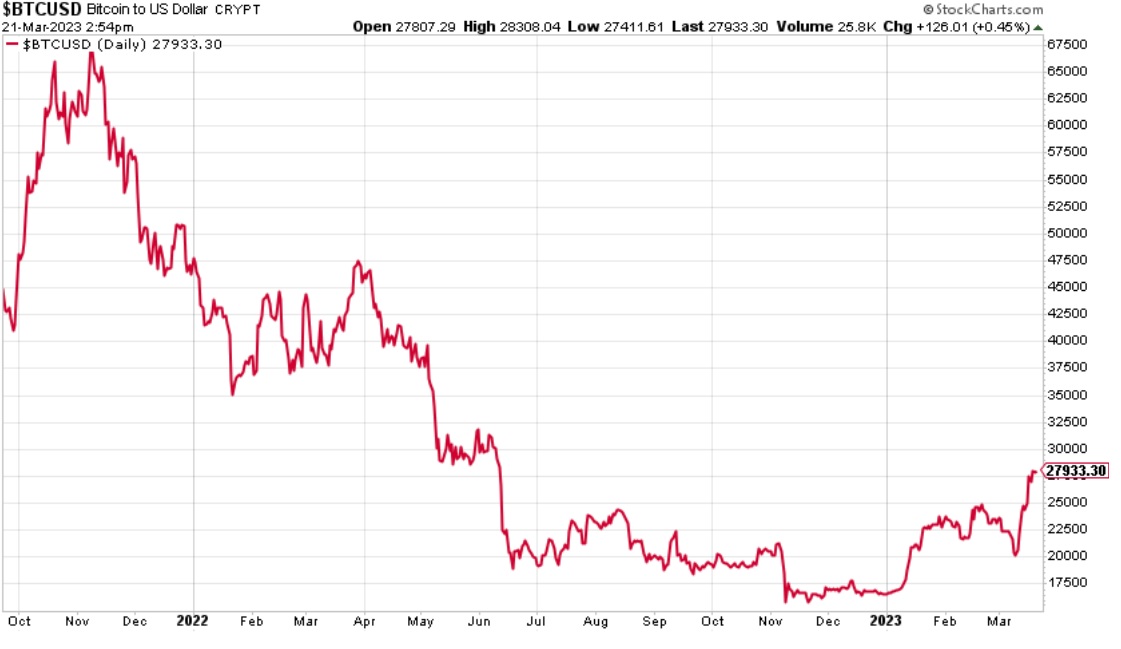
Is that a bullish, inverted head-and-shoulders pattern I see before me? I think so.
On that basis, what would the target be? The distance from the top of the head (around $15,000) to the shoulder line at c.$25,000 is $10,000 - so you would have a target of around $35,000, perhaps a little higher.
Some are even calling out for hyperbitcoinisation: a hypothetical scenario in which the widespread adoption of Bitcoin occurs so rapidly that its price rises dramatically and it becomes the dominant form of money in use.
In this scenario, Bitcoin would be widely accepted by merchants and individuals alike. The term "hyper" refers to the extreme and rapid level of adoption.
In a way, it is an inversion of hyperinflation. The fiat system would remain, it would necessarily collapse, it would just be overtaken and superseded by bitcoin.
There are many who believe hyperbitcoinisation is both inevitable and desirable. Bitcoin is better money than fiat. The traditional banking model is dysfunctional and reliant on constant bailouts.
One such advocate is billionaire Balaji Srinivasan, who has grown so concerned at the goings-on in US banking, he has made a million-dollar bet that bitcoin will hit $1 million by June 17.
The odds are against him. Some are suggesting he is just doing it for the attention. But to be fair to Balaji, he has a good track record spotting trends.
I’m a bitcoin bull, but maybe I lack ambition. I can see it getting to $35,000 or $40,000 by June. I’m not so sure about $1 million. But hey, I’ll take $1 million dollar bitcoin if it’s offered.
I’ve heard this kind of prediction before. You used to hear them all the time about silver. I’m not holding my breath.
My rather drab observation is that, after a miserable 2022, tech has suddenly caught a bid. Even Meta’s going up. Bond yields have fallen with the banking panic, and suddenly growth stocks look attractive again. Sorry to be so prosaic and unsensationalist.
Meanwhile, that other bearer asset, gold has also found a bid, and with it silver and platinum. Over the weekend, gold was flirting with $2,000.
The gold price surged after bank collapse
My buddy Josh Saul at the Pure Gold Company reports to me that, with the panic at Silicon Valley Bank, his company saw a 385% increase in new enquiries last weekend and a 274% increase in investors purchasing physical gold bars and coins last Monday, compared to its normal daily average. “One client said they are moving £16 million out of their current bank provider owing to fears of instability”, he says.
Volatility in the stock market isn’t helping either. “This year, we have also seen a 712% increase in people removing exposure to equities and cash in their pensions and SIPPs in order to purchase physical gold bullion in the same vehicle”.
Gold is now at all-time highs in almost all currencies, except the US dollar. What do new highs normally lead to?
In the short term, gold, breathing down the neck of $2,000, is a little overbought by most sentiment readings. The move has not been confirmed by the miners, which have been flat over the period. That suggests the spike is temporary.
But longer term I think it goes higher. I have long argued that everybody should have exposure to both gold and bitcoin in their portfolio, and it is crises like this one that demonstrate why.
Few people realise that by keeping your money in a bank, you are lending the bank money. The difference between money and credit has become conflated, along with many other things in this mad world. Even Switzerland no longer looks safe.
All the same arguments we heard in 2008 are coming back. The nature of money and banking lies at the centre of these arguments.
In 2008 there was a chance to address and put right the fundamental flaws in the system. It was not taken. Bail-outs brushed the problems under the carpet and left them for another day.
The free market meanwhile came out with an alternative, bitcoin. It is now a trillion-dollar economy, and there are no bailouts. With each collapse - there have been plenty and there will be plenty more - the system gets stronger.
But traditional banking, however, the more you bail out the system, the more precarious it becomes. You can’t take the risk out of a market. Without risk, you have no market. With risk comes responsibility.
Don’t blame the players. It’s the game that’s at fault.
This article was first published in MoneyWeek's magazine. Enjoy exclusive early access to news, opinion and analysis from our team of financial experts with a MoneyWeek subscription.
Get the latest financial news, insights and expert analysis from our award-winning MoneyWeek team, to help you understand what really matters when it comes to your finances.
Dominic Frisby (“mercurially witty” – the Spectator) is as far as we know the world’s only financial writer and comedian. He is the author of the popular newsletter the Flying Frisby and is MoneyWeek’s main commentator on gold, commodities, currencies and cryptocurrencies. He has also taken several of his shows to the Edinburgh Festival Fringe.
His books are Daylight Robbery - How Tax Changed our Past and Will Shape our Future; Bitcoin: the Future of Money? and Life After the State - Why We Don't Need Government.
Dominic was educated at St Paul's School, Manchester University and the Webber-Douglas Academy Of Dramatic Art. You can follow him on X @dominicfrisby
-
 Accelerating state pension age hikes could cost Brits in early 50s almost £18,000
Accelerating state pension age hikes could cost Brits in early 50s almost £18,000A recently launched review of the state pension age has sparked concern that the planned increases could be accelerated. How much could it cost you?
-
 How to invest by age - the one rule everyone can follow
How to invest by age - the one rule everyone can followWhether you’re a seasoned investor or new to the game, here’s the one investing rule to help determine how much you should invest according to your age
-
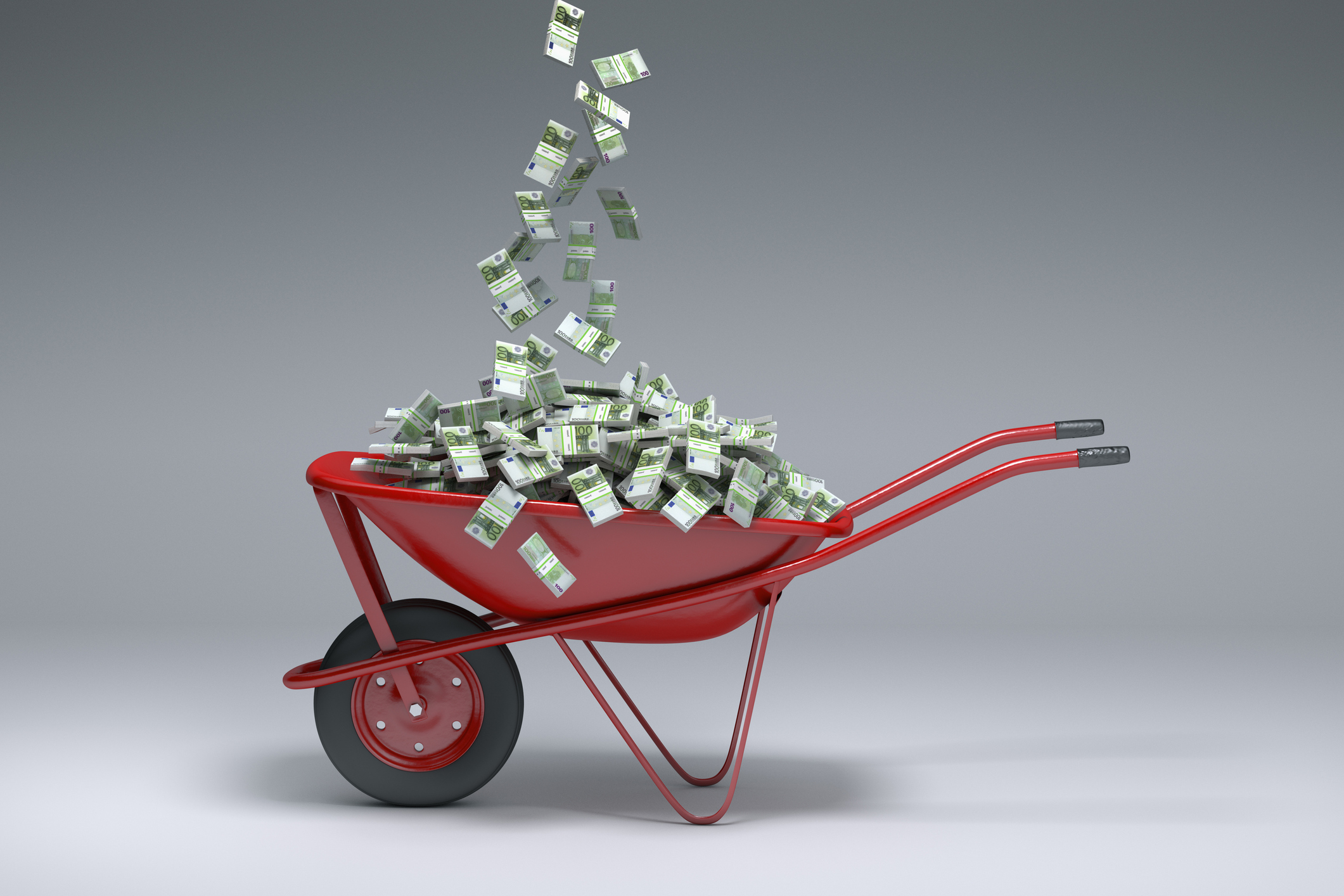 How to use SAYE and SIP schemes to multiply your money
How to use SAYE and SIP schemes to multiply your moneyEmployers’ savings or share-incentive plans like SAYE and SIP schemes can help top up your pension
-
 AJ Bell: a fine British fintech going cheap
AJ Bell: a fine British fintech going cheapOpinion Don’t overlook investment platform AJ Bell, a significantly undervalued British business with an excellent financial base
-
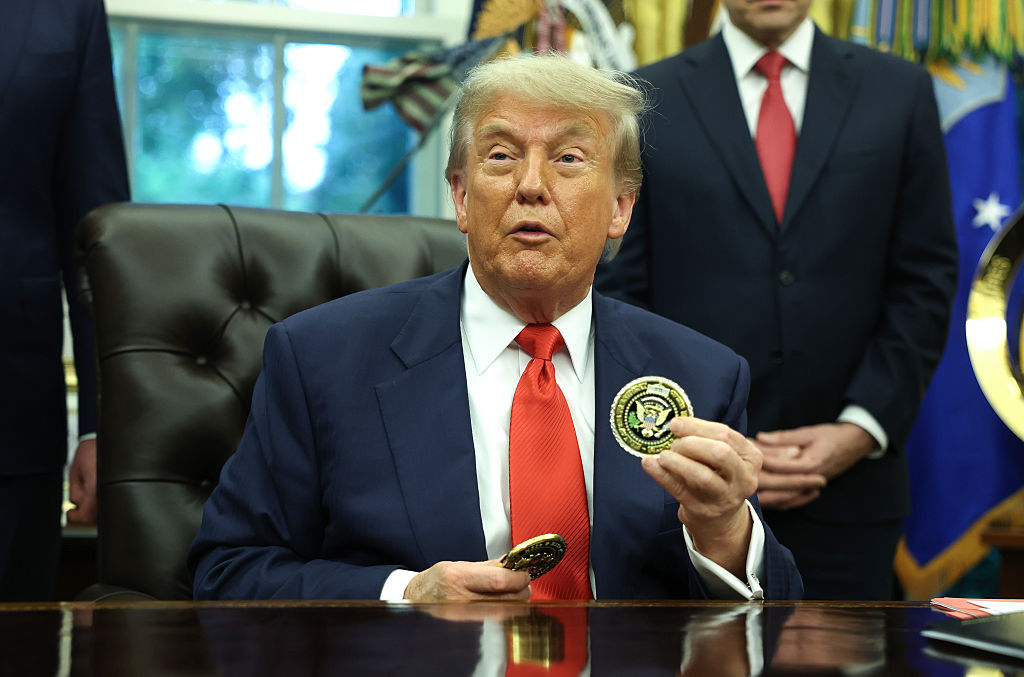 How do stablecoins work – and are they risky business?
How do stablecoins work – and are they risky business?Stablecoins – cryptocurrencies backed by real assets – are all the rage and have been enthusiastically backed by Donald Trump’s administration. Are they a danger to financial stability?
-
 The British railway industry is in rude health – here's why investors should jump aboard
The British railway industry is in rude health – here's why investors should jump aboardThe railway industry has bounced back from the devastating impact of the pandemic and is entering a new phase of development – and profitability
-
 Infrastructure investing: a haven of stable growth amid market turmoil
Infrastructure investing: a haven of stable growth amid market turmoilFrom booming construction in emerging markets to digital and green transitions, the infrastructure sector offers security, returns and long-term opportunities
-
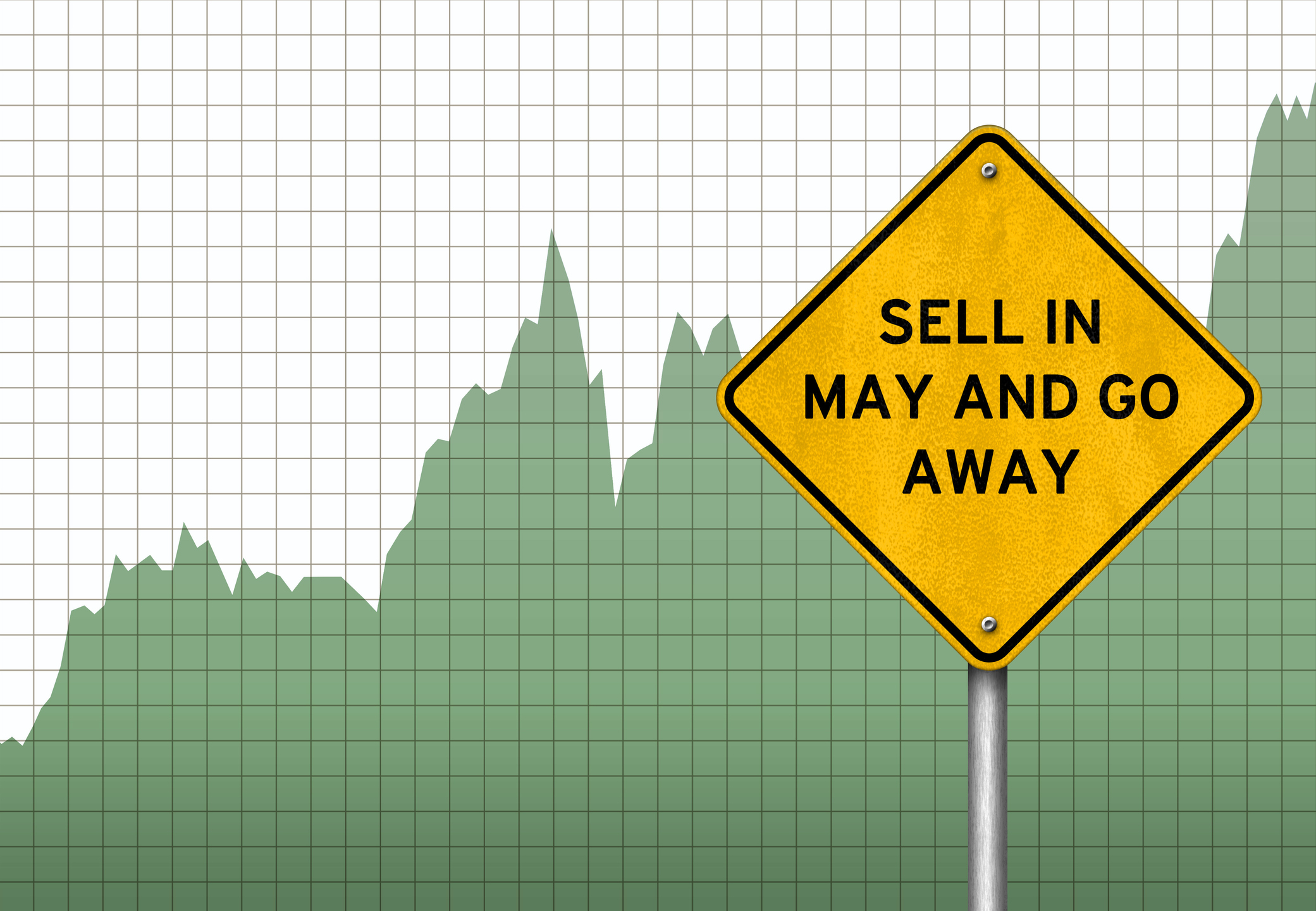 The costly myth of “sell in May”
The costly myth of “sell in May”Opinion May 2025's strong returns for US stocks have once again shown that putting too much weight on seasonal patterns will only make investors poorer, says Max King
-
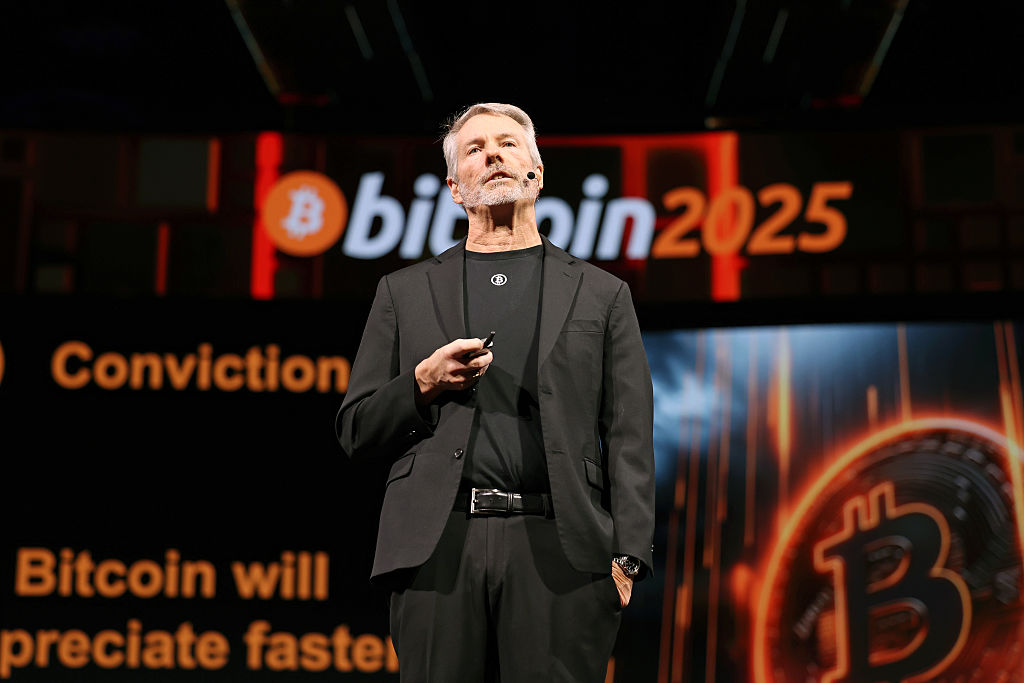 The stocks spearheading the charge of cryptocurrency
The stocks spearheading the charge of cryptocurrencyOpinion Companies are starting to invest in bitcoin and other cryptocurrencies, a trend likely to hasten the mass adoption of digital money. Buy before the stampede arrives, says Dominic Frisby
-
 Who’s driving Tesla?
Who’s driving Tesla?As Elon Musk steps back from government with his eyes on the stars, investors ask if he’s still behind the wheel at his electric-car maker.
